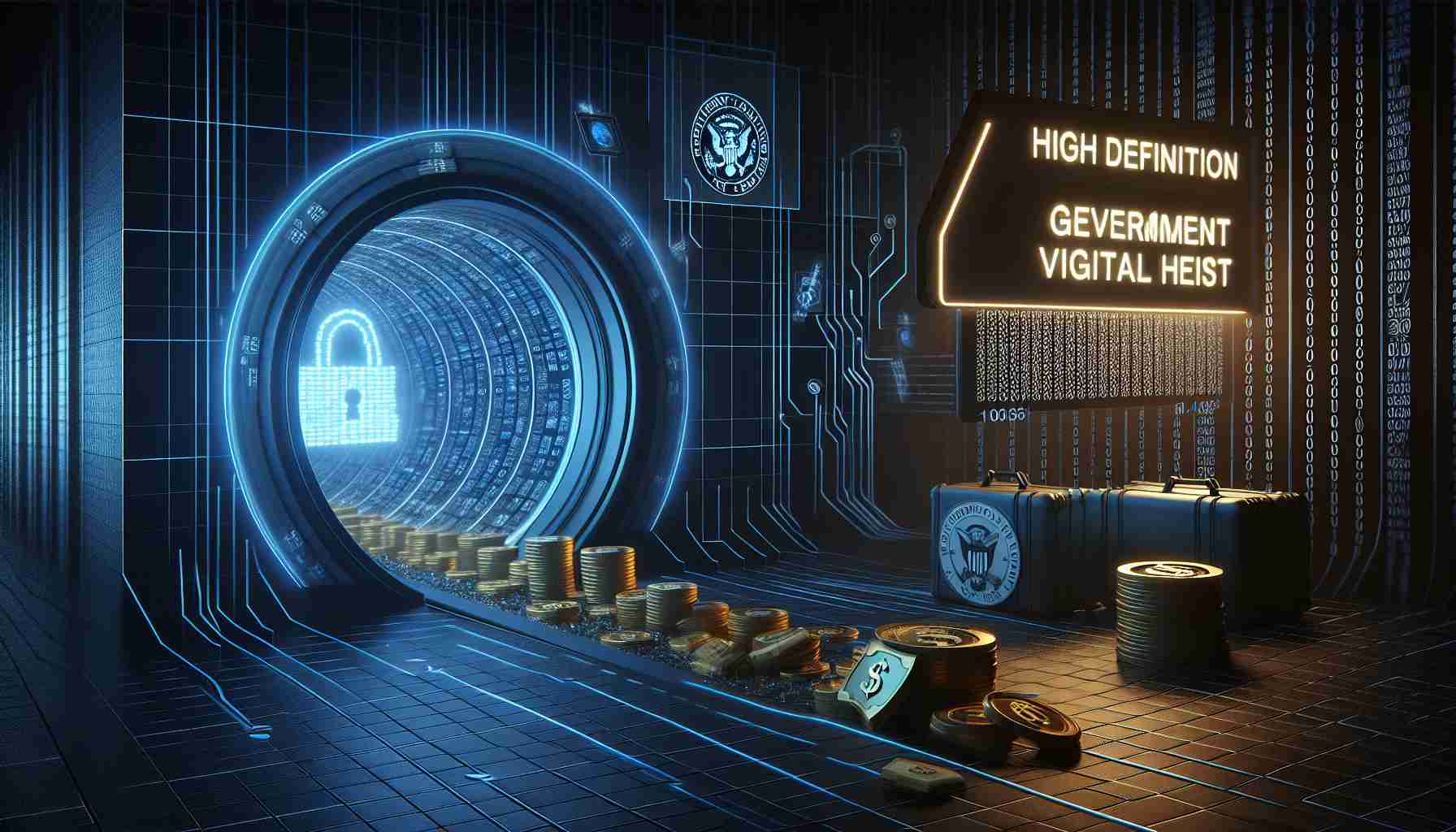The U.S. government is potentially facing a significant crisis, as reports indicate that a massive $20 million worth of crypto assets may have been misappropriated. Investigations led by blockchain analysts revealed that suspicious transactions occurred from a government-associated wallet that had not been active for several months.
Initial reports indicate that $1.25 million in Tether (USDT) and $5.5 million in USD Coin (USDC) were transferred from a decentralized finance platform, subsequently redirecting approximately $13.7 million in aUSDC and $446,000 in Ethereum to a newly created wallet. These assets were believed to be part of funds seized during earlier investigations of the notorious Bitfinex hacking incident.
Additional transfers included around $320,000 in Ethereum sent to various cryptocurrency exchanges and another $80,000 split among numerous smaller wallets. Ongoing investigations are focused on tracing the potentially laundered assets and assessing the overall impact of the security breach.
Authorities have yet to issue a formal statement regarding the incident, although it has been suggested that the involved parties may be attempting to convert these assets into Ethereum and laundering the proceeds through an array of questionable accounts. Amidst this turmoil, it is noted that the U.S. government currently retains holdings exceeding $14 billion in digital currencies.
Suspicion of Major Crypto Heist Involving Government Assets: New Developments Unfold
As the investigations into the alleged misappropriation of $20 million in crypto assets continue, new details are emerging that deepen the intrigue surrounding this case. The funds in question are believed to be linked to government seizures from criminal activities; thus, their potential misappropriation raises significant questions about security protocols surrounding government-controlled digital wallets.
Key Questions Arising from the Incident:
1. How were government digital wallets compromised?
The exact method of breach remains unclear, but speculation suggests possible insider involvement or vulnerabilities in the wallet’s security protocol. This has prompted calls for a thorough examination of existing digital asset custody practices.
2. What are the implications for government-held cryptocurrencies?
The U.S. government reportedly holds $14 billion in digital currencies, including from previous seizures. This incident may prompt regulatory revisions regarding how these assets are managed and secured to prevent similar breaches in the future.
3. Could this lead to legislative changes in cryptocurrency laws?
As lawmakers scrutinize the loopholes exposed by this incident, there may be increased pressure to tighten regulations on cryptocurrency transactions and enhance the oversight of government-related digital asset management.
Key Challenges and Controversies:
The incident raises several challenges, primarily around the patchiness of current regulations in the cryptocurrency space. Questions about jurisdiction, accountability, and the scope of the law concerning cryptocurrency theft complicate responses to the crisis. Additionally, the rise of decentralized finance (DeFi) platforms poses a challenge for regulatory bodies that find it difficult to keep pace with technological advancements in the crypto market.
Advantages and Disadvantages:
Advantages:
– The incident could catalyze improvements in cybersecurity measures within governmental and financial institutions handling crypto assets.
– Increased scrutiny may lead to more robust legal frameworks that protect consumers and investors.
Disadvantages:
– The fallout from this incident may spark fear among investors, leading to decreased confidence in government-backed digital assets.
– Stricter regulations could stifle innovation and hinder the growth of the burgeoning DeFi space.
Conclusion:
As this situation unfolds, the discourse surrounding cryptocurrency security, regulations, and governance will likely intensify. Stakeholders from tech firms to regulatory bodies need to engage collaboratively to establish a more secure landscape for digital assets.
For more insights on the evolving nature of cryptocurrency regulations and government responses, visit CoinDesk and Forbes Crypto.









